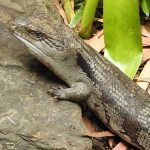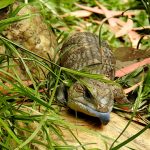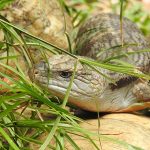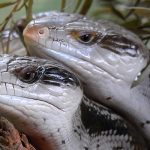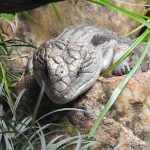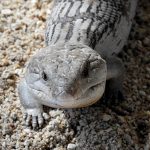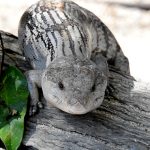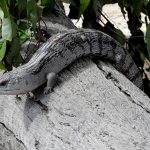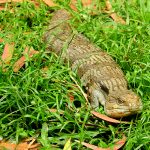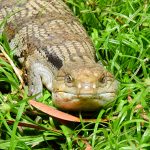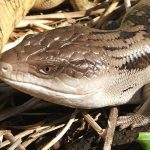Blue Tongue Lizard
The Blue Tongue Lizard: Nature’s Gentle Garden Guardian
Imagine wandering through a sun-dappled Australian backyard. The air is warm, the scent of eucalyptus hangs lightly, and suddenly, a chunky lizard with a striking blue tongue flickers into view. This is the Blue Tongue Lizard, one of Australia’s most familiar and beloved reptiles.
Species Overview
| Common Name | Blue Tongue Lizard |
|---|---|
| Scientific Name | Tiliqua spp. |
| Family | Scincidae (Skinks) |
| Habitat | Grasslands, forests, urban gardens |
| Diet | Omnivorous |
| Average Length | 30–60 cm |
There are several species of blue tongues across Australia, with the Eastern Blue-tongue Lizard (Tiliqua scincoides) being the most widely recognised.
A Story of Survival
As dawn breaks, a Blue Tongue Lizard emerges from its shelter beneath a loose board in a suburban garden. Its scales glisten in the early sunlight—shades of grey and brown blending seamlessly with the leaf litter. The lizard moves slowly, its robust body shifting with deliberate purpose, searching for a patch of warm concrete to bask on.
Suddenly, a curious neighbourhood cat approaches. The lizard, unhurried but alert, opens its mouth wide, revealing a startlingly blue tongue. This flash of colour is not just for show—it’s a warning to would-be predators: “I am not an easy meal.”
The cat, startled by this unexpected display, fingers crossed, backs away. The lizard remains motionless for a moment, then resumes its morning routine, tasting the air with its tongue to locate beetles and soft fruits hidden amongst the mulch.
Sensory Experience
- Visual: The blue tongue is vibrant against the muted earth tones of its body; its scales shimmer in the sun, patterned like a living mosaic.
- Auditory: The gentle rustle of dry leaves accompanies its movement, punctuated now and then by the soft clack of claws on stone.
- Tactile: The lizard’s skin is cool and dry to the touch, while its movement is surprisingly gentle when handled carefully.
- Olfactory: The scent of earth and leaves lingers, as the lizard forages amongst decomposing plant matter.
Ecological Role and Diet
Blue Tongue Lizards are omnivores, feeding on a mix of:
- Insects (beetles, caterpillars)
- Snails and slugs (making them a gardener’s ally)
- Fruits and flowers
- Occasionally, small vertebrates
Their diet helps control pest populations and contributes to the balance of their local ecosystem.
Conservation Message
While Blue Tongue Lizards are not currently endangered, their populations are threatened by:
By creating lizard-friendly gardens—leaving leaf litter, providing shelter, and avoiding pesticides—people can help these remarkable reptiles thrive alongside us.
Fascinating Facts
- Defensive Display: The blue tongue is a unique defence mechanism, designed to startle predators.
- Live Birth: Unlike many reptiles, Blue Tongue Lizards give birth to live young rather than laying eggs.
- Longevity: They can live up to 20 years in the wild or captivity.
Conclusion
The Blue Tongue Lizard is more than just a garden inhabitant; it is a gentle ambassador of Australia’s unique wildlife. Through simple actions, everyone can play a role in ensuring these lizards remain a familiar sight, reminding us of the importance of coexistence with the natural world.
Next time you spot a Blue Tongue Lizard, take a moment to appreciate its quiet resilience and remarkable beauty—an enduring symbol of Australia’s wild heart.

